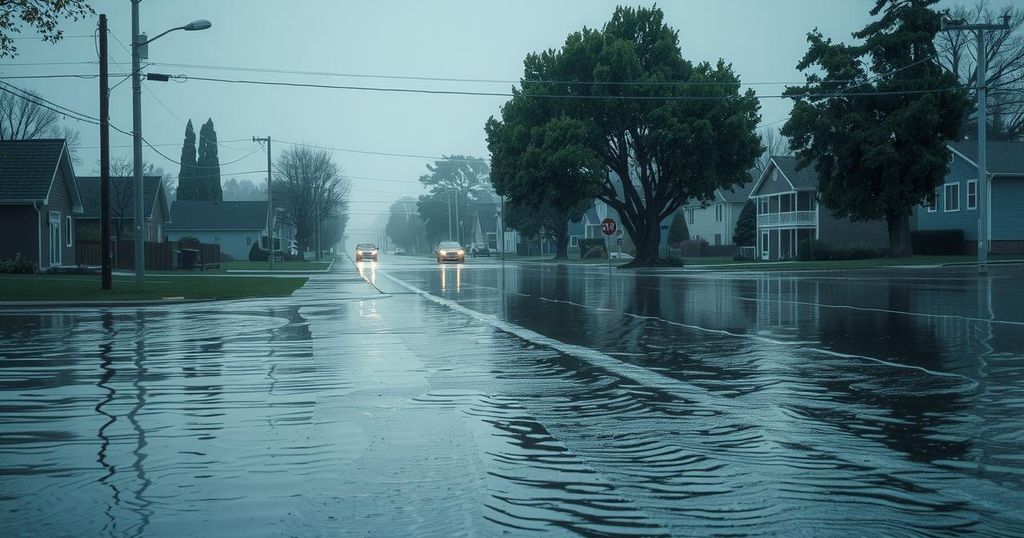Australia Faces Extreme Summer Weather: Storms, Heatwaves, and Cyclone Threat
Australia’s summer is characterized by storms in the east and heatwaves in the west, with severe weather warnings active, particularly for the Hunter and Mid North Coast. Dominating heatwave conditions are expected to escalate in the west, while the potential for a cyclone forming off Western Australia’s coast is increasing. Residents are urged to monitor ongoing weather updates as conditions evolve.
Australia’s summer weather is at its peak this weekend, featuring severe storms in the eastern regions accompanied by heatwaves in the west, and the potential formation of the season’s first cyclone near the mainland. The Bureau of Meteorology forecasts continued wet and windy conditions for parts of the east coast, particularly affecting the Hunter and Mid North Coast areas this Saturday. Meanwhile, the west is experiencing a significant heatwave with temperatures expected to soar into the 40s early next week.
This Saturday morning, the Hunter region and Mid North Coast of New South Wales, along with the Kimberley region in Western Australia, can expect the heaviest rainfall. Two low pressure systems are affecting weather patterns on either side of the country, with a continuation of severe weather warnings in eastern NSW until midday. Forecasts suggest rainfall totals could reach between 70 and 120 millimeters, escalating flooding risks in several areas.
Conditions in eastern NSW are projected to shift from thunderstorms and heavy rainfall to more consistent wet weather, along with strong winds contributing to a cooler feel despite temperatures remaining in the low 20s. This comes in the aftermath of a severe thunderstorm outbreak earlier in the week that resulted in significant damages and nearly two million lightning strikes identified across the region.
In Queensland, particularly Brisbane, a separate heatwave warning remains in effect. The temperatures have recently reached record levels, with Brisbane Airport equaling its warmest January day at 38.1 degrees Celsius. The ongoing heatwave is anticipated to transition north along the coast, with higher than average temperatures expected in central and northern Queensland.
The potential for a cyclone forming off the coast of Western Australia is increasing. The tropical low is expected to develop into a cyclone, possibly named Tropical Cyclone Sean, with projections indicating it may occur by Sunday evening. As it remains offshore, it is anticipated to generate substantial rainfall for northern coastal regions without making landfall, thus keeping residents informed about milder storm conditions that could affect the area.
Currently, Australia is experiencing significant weather events typical of summer, marked by intense storms occurring on the eastern coast and rising temperatures in the western regions. Severe weather warnings have been issued by the Bureau of Meteorology due to the presence of low-pressure systems and the development of a tropical low that may lead to the first cyclone of the season. The variations in weather patterns highlight the seasonal volatility felt across the country, with implications for local residents regarding safety and preparedness.
In summary, Australia’s summer weather is dominated by extreme conditions, including storms, heatwaves, and the likelihood of a cyclone forming in Western Australia. Close monitoring of weather reports is advisable, particularly for residents in affected areas. A significant rainfall and heatwave scenario will impact various states, emphasizing the need for preparedness and awareness of changing weather conditions as summer unfolds.
Original Source: www.abc.net.au




Post Comment